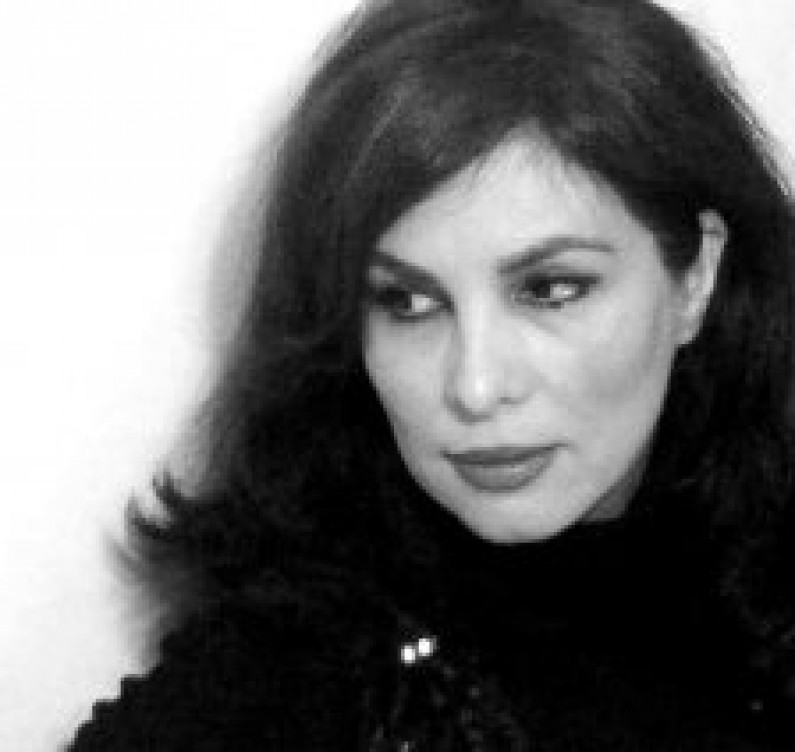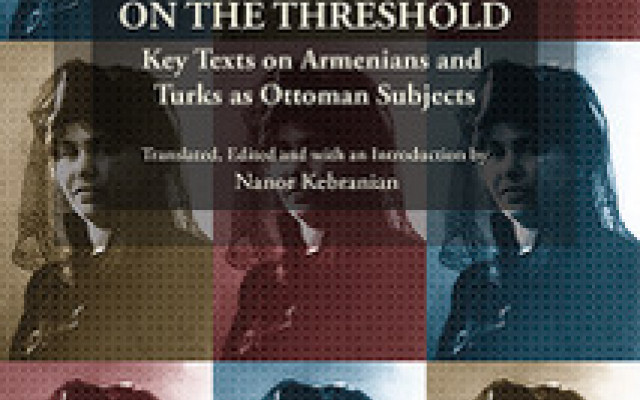Toward a Surprisingly Similar Yet Different Form of Imagination

When I began working with translators in foreign languages and therefore revisiting my poems for them, I stumbled upon an opportunity in which I could no longer remain concealed within the skin of my poem. I needed to emerge, to reveal diverse aspects of my work in the light of a new perspective, a novel outlook and a fresh vision. Put simply and honestly it meant I had to give up my fears. And, like everyone else, I had to touch and feel my world from the outside again. It called for a rediscovery of my sentiments: the habits of my mind and thought were its testimonials—sometimes they appeared as marginalized elements in my narration and sometimes as the bases of my wonder and bewilderment.
During my interactions with translators, sometimes I had to answer difficult questions regarding the composition of my poems: their metaphors, or use of a specific verb, flower or bird; grounds for deploying the period as a punctuation mark; repetition of a specific word... Consequently, I was forced to reflect on these issues and provide them with satisfactory explanations. These inquiries in foreign languages exposed all crucial elements of a literary work—the flesh, skin and nerve of a sentence, as well as the skeleton of a poem—to a light of such brightness that the poem appeared totally naked to bare eyes, and it really empowered me to look at the deepest layers of my hidden self. This rupture in the state of my being—for I could no more hide beneath the skin of my poem—and the subsequent metamorphosis of my older self were at times painful, since what was being expressed naturally and unselfconsciously in my Persian poems—in spite of the presence of diverse narrative forms, mysteries, familiar metaphors and rhythmic expressions in them, and some of which were quite complicated—were in the end my feelings and emotions. Our circumstances have changed today. I am now obligated to critically appraise each and every sentence of my poem both from the point of view of its poetic technique as well as its aesthetics. This kind of self introspection is similar to an examination by a psychoanalyst: one is filled with the excitement of rediscovery, wonder and even resistance. This experience has left a deep impact on my writing and I derive greater satisfaction from my compositions now. With all that I have experienced in this process, there is hardly any fundamental aspect of the merits and demerits of a literary work which remains unknown to me and which a critic can still point out to me. Indeed, I have learnt a lot.
The most difficult part of translation is to convey the feelings, emotions and ambience of the original poem. The images, ideas and literary form of a poem are often translatable. Generally, alliteration, assonance and similar rhetorical devices—which constitute the external covering of a poem—can be easily substituted by similar rhetorical elements in the host language. Some ideas and symbolic expressions are present unconsciously in the shared heritage of people, and they too can be translated into a second language. The most challenging elements of translation, however, are certain key phrases and literary cues, which have deep cultural and indigenous roots, and the memories, personal imaginings and worldview of the poet. Similarly, the exciting musicality and texture of a language which instantaneously and profoundly influences the reader/listener of a poem, is usually completely lost in translation. Here the connection between language and meaning is radically severed.
While working with a Swedish translator first, and later on with English, Russian and German translators, I was amazed to see how carefully and attentively they perused unique and surprising elements of creative imagination in a poem as they sought to uncover diverse pathways of meaning within the body of the poem. Eventually their interpretations brought out aspects of my poetry that I was completely unaware of. Henceforth I began using their concepts and ideas throughout my translations. For instance, when Maura Dooley translated one of my poems into English, she was able to successfully decode the metaphorical connections of expressions like “red flower” and recast them into a comparable image in her translation. This in turn preserved the conceptual bases of the poem and it efficiently conveyed the intimate connections between sentiments in two disparate cultures albeit with identical Janus-faced character. It also shed light on the historical memory of both nations regarding their experiences of war. By closely collaborating and consulting with my translators thus, I felt that my poems were being sung afresh in a new language—they were reborn in a different language. That is why whenever I read the translation of my poems, I became more intimately attached to them. It was as if a strangely magical seed, which was hidden somewhere inside the poem, had caused their rebirth—such was their destiny of rebirth that no one could have foreseen or predicted it—and they eventually went ahead of me. To some extent, it felt like I was set on a voyage unaware of adventures lurking behind every sentence of my poem. The translators freely believed in the poems they were translating: they strove to rediscover the soul of their poems, including their innate ideas, in a second language so that these poems could be sung anew in a foreign language and subsequently I too could be transported along with their translations into novel homes and poetic traditions.
All of our conduct—our conversations and the various ways in which we connect with others—are forms of translations. They are motivated by a desire to get interpreted by our audience. Everything which exists around us and everything which gets expressed in our conversations and relationships are in fact translations of something else. When we read in the Holy Book that the God created man in His own image, here too we encounter a form of translation. If the Tower of Babel is a symbolic representation of how humans were separated and how they gradually lost their ability to understand the language of the other, then translation is an endeavor towards arriving at the original state of human existence—at the source of shared likeness and unity of all humans. This original place is a country without borders whose geographical and historical expanse is devoid of wars. This is a place where it is possible to bring together people of different nations, to promote plurality of languages and cultures, and to create diversity, affluence and sympathy by means of translation. Translation has the power to remove disputes and differences among peoples inconspicuously. When my poems were translated into Swedish, they were being read in a foreign language, it was the first time since I migrated to Sweden that I felt my feet were indeed touching the earth.
Although some people say that language is a formidable barrier to translation and poems are untranslatable, yet I have participated in many gatherings where, after I had recited my poems in Persian, their translations were read in English, Swedish and Spanish. At the end of these readings, many members of the audience came up to me, and they recounted how meaningfully these poems connected with their lives and hearts. They had discovered their experiences in the lines of these poems. Again, just as I had benefitted from the criticism and views of English, Swedish and Russian translators, likewise their responses reaffirmed a deep sense of wonder and faith in my poems. Translations are a form of love blending in with the local culture. Surely several elements of a poem get lost in translation, but the lifebreath of translation is its ability to unite and procreate which is why it is able to conceive a new text inside the body of an older text. Translations, like our children, are surprisingly similar and yet somewhat different from us.
Translated from the Farsi by Pranav Prakash.


